Vechur Cow
This rare breed of cattle was named after the village of Vechoor in VaikomTaluk, Kottayam, India. According to the Guinness Book of Records, with an average length of 124 cm and a height of 87 cm, the Vechur cow is considered the smallest breed of cattle. This breed was so popular in Kerala, India, for so many years that some people thought it would be a good idea to crossbreed it with exotic varieties. Spoiler alert: it was a terrible idea, and the Vechur Cow is now nearly extinct.


Even though only about 200 cows are believed to exist today, it has been reported that preservation efforts are being made in order to protect this breed of cattle. One of the main reasons to protect the Vechur cow species lies in the fact that its milk is believed to have medicinal properties and easy digestibility, mainly due to its smaller fat globule size.
Philippine Tarsier
The Philippine tarsier is one of the smallest primates that exist. It measures about 85 to 160 mm in height and a newborn, as you may imagine, is even smaller. Its body and head length are about 70 mm, and once they reach adulthood, their size is that of an adult human fist. You may think its size is what makes a Philippine tarsier quite cute, right? Not only is this true but also helpful, as it makes this animal extremely difficult to spot. In other words, thanks to their size, they can be safe from human hunters and predators.
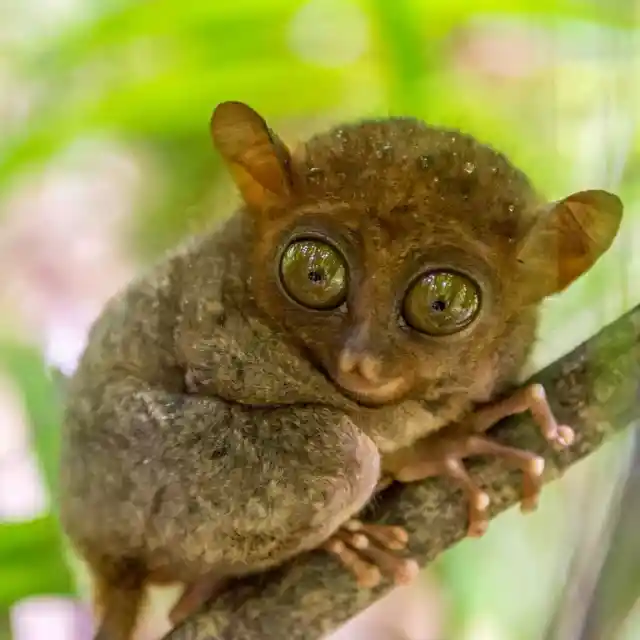
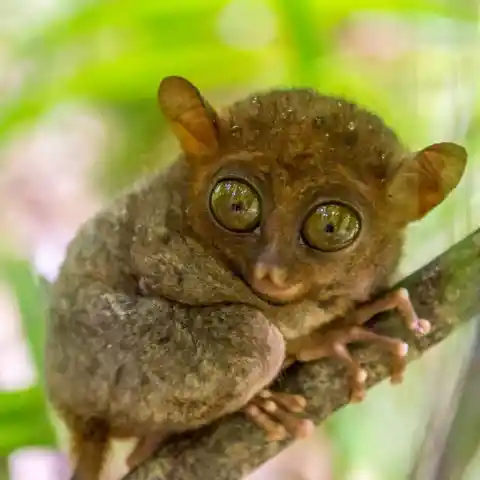
These little creatures are primarily insectivorous, as they mainly prey on insects, mostly crickets and grasshoppers. They also eat spiders, small crustaceans, and small vertebrates such as small lizards and birds. Their habitat includes tropical rainforests with dense vegetation and trees. Did you know that even though these animals tend to enjoy being alone, it has been discovered that some of them show either monogamous or polygamous mating patterns? Crazy, right? Their mating period only lasts from April to May.
Leptotyphlops Carlae
OK, this is not a fluffy or a cute one. If snakes are not your cup of tea, feel free to cover the picture with both hands while you read this section. Let’s talk about the _Leptotyphlops carlae_. This species of snake only grows to be around 3.9 inches (approximately 10 cm) in length. However, a specimen of 4.09 (10.4 cm) inches has been found and is, to this day, the largest one ever. They are found on the Caribbean island of Barbados. Both this and their body shape originated the name they are commonly known for: the Barbados threadsnake.
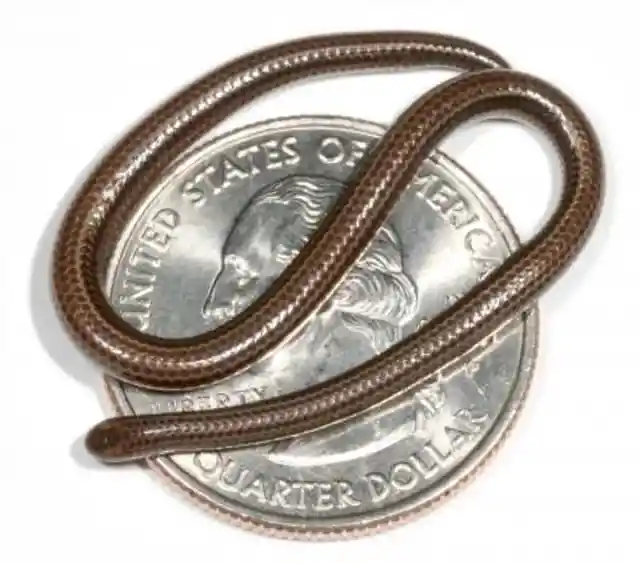
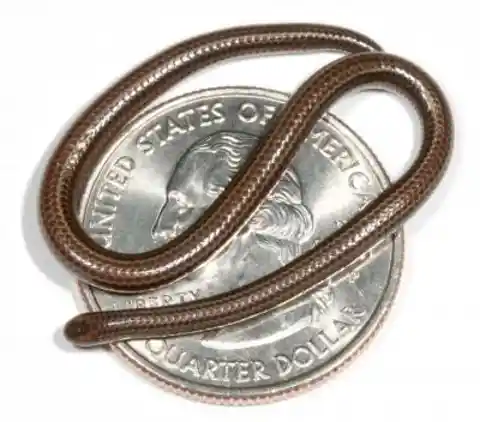
This tiny snake was first identified as a separate species in 2008 by a herpetologist from Pennsylvania State University named S. Blair Hedges. He named the snake after his wife, Carla Ann Hass, who is also a herpetologist and was part of the discovery team. It is also important to mention that even though this snake was identified as a separate species only some years ago, it has been around for a longer time. They appear in reference collections over three decades old in the London Natural History Museum and in a museum in California, though with a different name.
Chihuahua
Super tiny cute doggy lovers, I bet you’ll love #20! Behold the lovely Chihuahua. You may know it as Paris Hilton’s pet of choice, but the truth is that Chihuahuas are much more than that. Can you believe they are often victims of “small dog syndrome”? Sometimes, Chihuahua owners tend to think that their dogs don’t need any kind of training or socialization, but it turns out that untrained Chihuahuas suffer the same behavior problems as any other untrained dog.


As a result of a lack of training or socialization, Chihuahuas can be aggressive and easily attack people they don’t know. This means that they are probably not the best choice for homes where there are young children. However, since these doggies’ personality also depends on the genetic temperament of their parents and grandparents, it’s all quite relative: if their parents were calm, then there are some chances that even without proper training, they will make proper companions.
Pygmy Rabbit
This North American tiny rabbit is the smallest species of rabbit that there is. With short ears, small hind legs, and very small size, the Pygmy Rabbit is one of people’s favorite bunnies… Not only to watch but also to have as a house pet. However, there are certain things you should take into consideration if you ever consider having a Pygmy (or any other tiny) rabbit as a pet. You should know that each bunny has its own personality and that its behavior depends on how well you treat them.
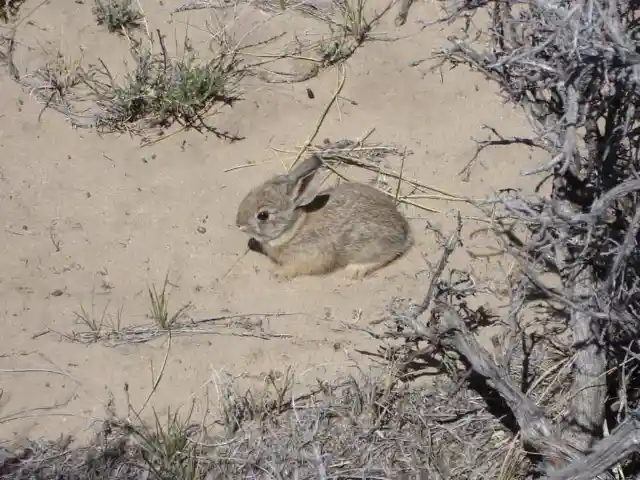
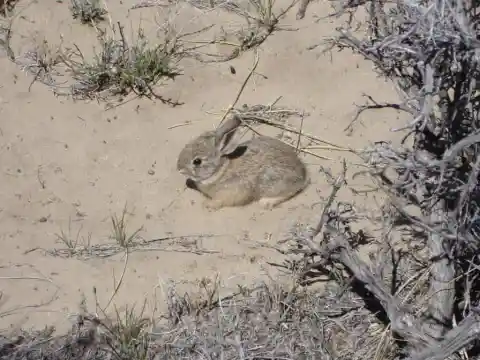
Expect some biting, growling, and even aggressive sniffing when the bunny is not happy. Nonetheless, once your bunny gets used to you and starts loving you, you’ll see all its appreciation. What about those non-domestic rabbits? Well, they have their own lives in their dens and have to be extra careful to be safe from predators. Weasels, red foxes, coyotes, bobcats, badgers, northern harriers, and owls often prey on Pygmy rabbits.
Pygmy Marmoset
Wide-eyed and adorable are two words often used to describe these tiny creatures. The Pygmy marmoset is known for being the smallest monkey (and one of the smallest primates, too) in the world. Even though the biggest threats to this species are habitat loss and the awful pet trade, it is currently listed as _Least Concern_ by the International Union for Conservation of Nature. This means that this species does not qualify as a threatened one.
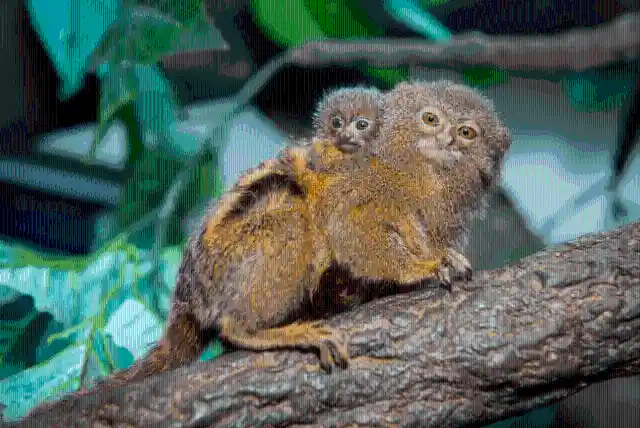
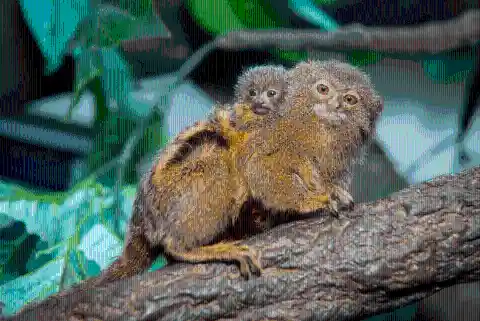
The Pygmy marmoset can be found in the Amazon Jungle in the countries of Brazil, Colombia, Ecuador, Peru, and Bolivia. Population density is often correlated with food tree availability. Regarding the way they behave and relate, they use special types of communication to alert and warn their family members in case of danger. These include chemical, visual, and vocal types of communication, which is believed to serve to promote cohesion amongst the group.
Brookesia Micra Chameleon
The Brookesia Micra is a chameleon species from the islet of Nosy Hara in Antsiranana, Madagascar. It is the smallest known chameleon amongst the smallest reptiles. This chameleon can grow up to 1.1 inches in length. It is easy to distinguish this species from others by simply looking at their tails. Adults have orange tails, as opposed to the brown ones, which they’re born with.
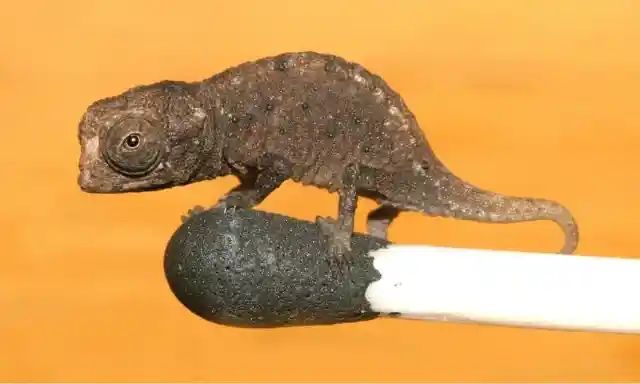
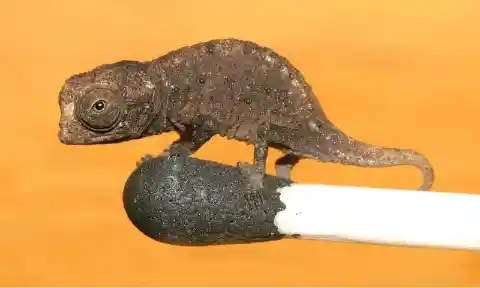
The Brookesia Micra was found in Madagascar between 2003 and 2007\. They usually live on the forest floor during the day and crawl into low branches to sleep during the night. According to the scientists that discovered this species, their small size is due to a phenomenon in which species evolve into miniature versions as a result of limited resources. This phenomenon is known as “island dwarfism.”
Sphaerodactylus Ariasae
Also known as the Jaragua dwarf gecko, this species is mostly found in Jaragua National Park, in the extreme southwest of the Dominican Republic, and nearby Beata Island. They measure only 16 to 18 millimeters in length and are considered the smallest known lizards in the world. They have stocky and compact anatomy, and their tail is commonly the same length as their body.
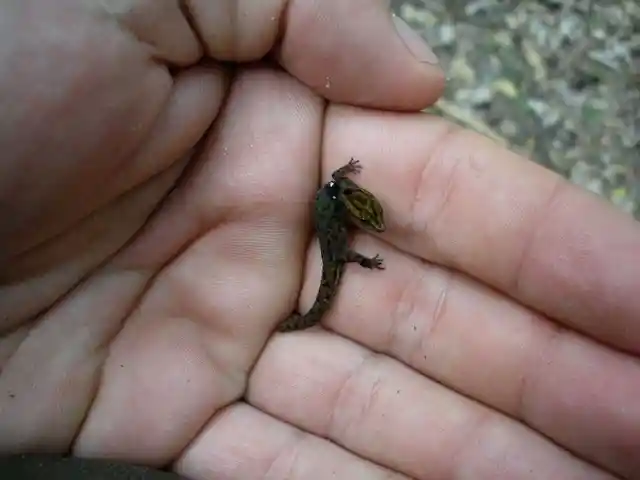
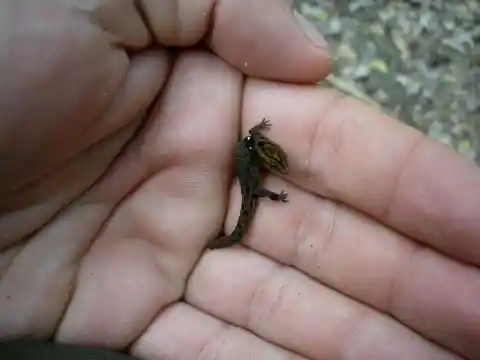
You probably wonder how they keep their tiny bodies fed, don’t you? Well, the answer is easy: they eat insects, mostly springtails, micro crickets, wax moth larvae, and small meadow plankton. This makes it pretty easy for anyone who wishes to make one of these creatures their pet. The main aspect to keep in mind is that the insects that they feed on should be the appropriate size and dusted with the proper vitamins at every feeding. That’s what keeps these geckos nourished.
Dwarf Lantern Shark
As you can see in the picture below, the Dwarf Lantern Shark is smaller than a human hand. The maximum length it reaches is 20 centimeters, which is less than 8 inches! As you can tell, this is the smallest shark in the world. It has rarely been seen, and very little is known about this tiny creature. It has only been observed a few times in South America. Their size makes them almost impossible to notice unless you’re really close to it!
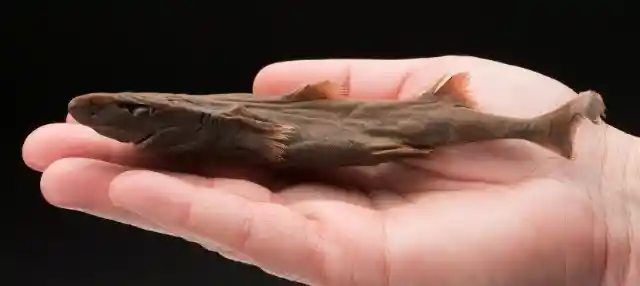
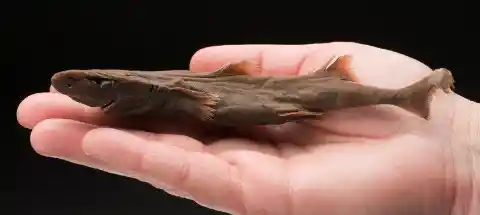
Like the rest of the lantern sharks, this little buddy has photophores (light-emitting organs) all along its belly and fins. The purpose of them is to help it camouflage whenever it decides to feed in shallow water. How do these photophores work? The lit-up belly blends in with the sunlight that streams down from above, while in darker water, the light attracts the smaller animals which the shark preys upon. But this is not the feature that helps them swim and feed through dark waters. Its big eyes are also a pretty important asset.
Etruscan Shrew
The Etruscan Shrew is the smallest known animal by mass, weighing only 1.8 grams at its largest. If you’re looking to find one of these little mammals, make sure you look for them in Europe, North Africa, or Malaysia, as they prefer to be in places where climates are mostly damp and warm. And let me suggest you carry a loop in order to spot them more easily! Concerning their feeding habits, Etruscan Shrews feed on various small vertebrates and invertebrates, mostly insects, and can even hunt individuals of the same size as themselves.
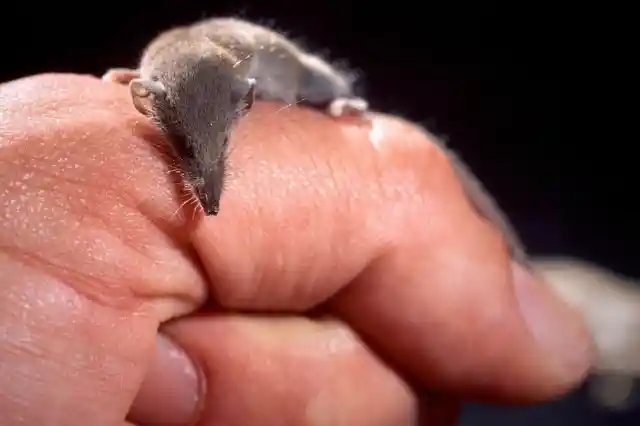
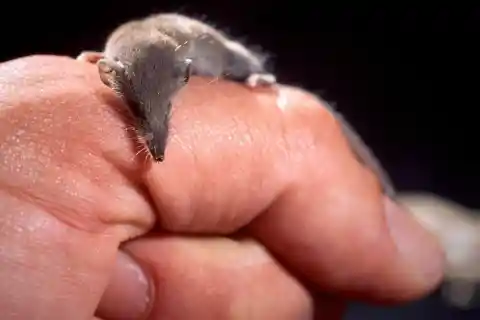
Etruscan Shrews live alone, but this changes during their long mating period, which, even though it generally lasts from March to October, a pregnancy can occur at any time of the year. But that’s not the only curious fact about them. Did you know that they are also skilled hunters? That’s right! Their incredibly fast metabolism and quick movements make these creatures very talented when it comes to hunting.
Royal Antelope
Look at this West African antelope. Isn’t it cute? This is the Royal Antelope, and it’s the world’s smallest one (as you may have already guessed), rising to merely 25 centimeters at the shoulders. Although they are said to be monogamous, polygamy has been occasionally observed. They reach sexual maturity in their sixth month of age, and females only give birth once in their lifetime.
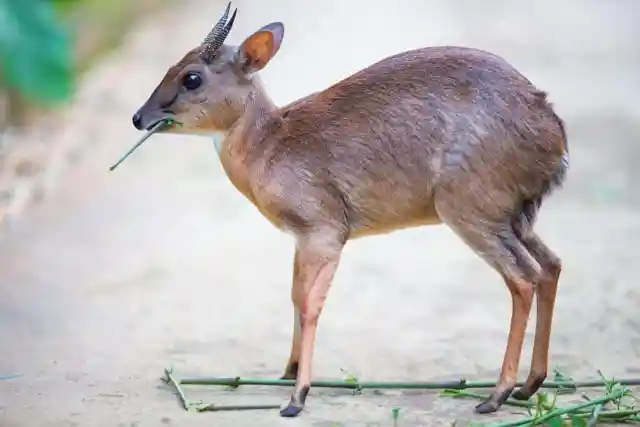
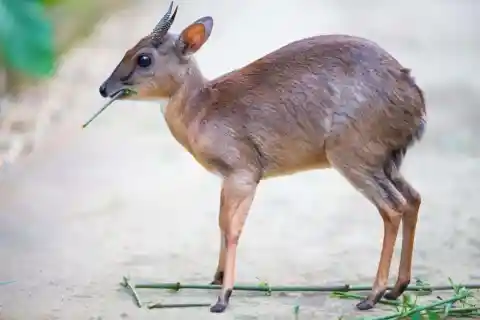
Just like the Pygmy Marmoset, the Royal Antelope has been categorized as _Least Concern_ by the International Union for the Conservation of Nature and Natural Resources. Nevertheless, due to habitat deterioration and expanding human settlements, the Royal Antelope population is feared to be declining. Luckily, there are some areas dedicated to protecting the Royal Antelope, such as the Tai National Park, Haut Bandama Fauna, and Flora Reserve, and Ziama and Diecke Forest Reserves.
Bumblebee Bat
Some may say bats aren’t cute, but we think they are absolutely adorable, especially when it comes to the tiniest species of bat: the Bumblebee Bat. This type of bat, which can easily fit into the palm of your hand, lives in caves outside the Thai community of Tenasserim Hills in Sai Yok District, Kanchanaburi Province, in colonies of up to 100 other bats. They are easily recognizable for their distinctive pig-like snout and their reddish-brown or grey coat.
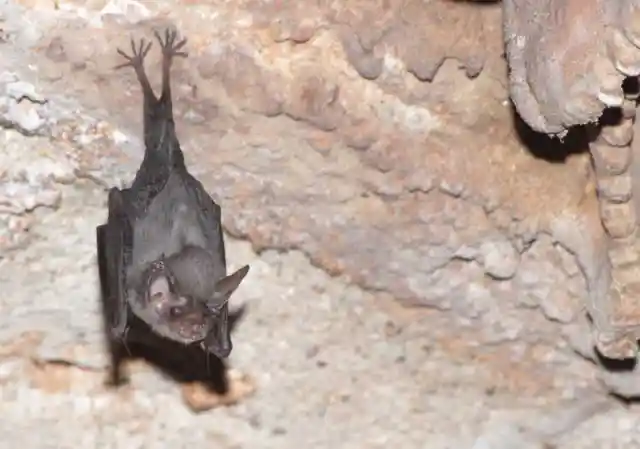
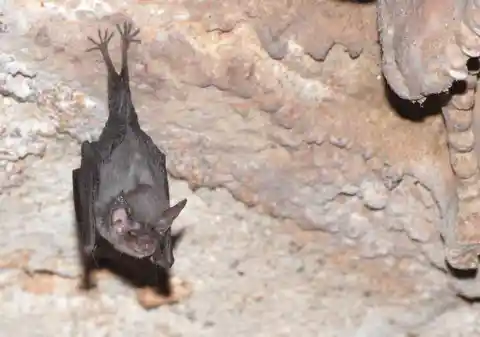
They spend most of the day in their caves. They only leave it for 30 minutes in the evening and 20 minutes at dawn. These short flights, however, are interrupted whenever there’s heavy rain or cold temperatures. During the dry season, which is around April, females give birth to a single offspring. The little baby bats usually stay in the roost or remain attached to their mothers.
Hippocampus Denise
This super lovely and tiny seahorse is the Hippocampus Denise, also known as the yellow pygmy seahorse. It is one of the smallest seahorses ever discovered. Its maximum length is only 2.4 centimeters, which is less than 10 inches. Although this species is extremely rare, it has been spotted in several locations throughout the western Pacific, including Indonesia, Vanuatu, Palau, Malaysia, the Solomon Islands, and Micronesia.
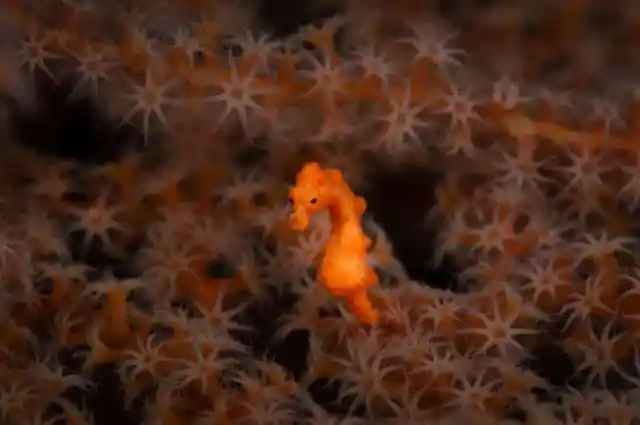
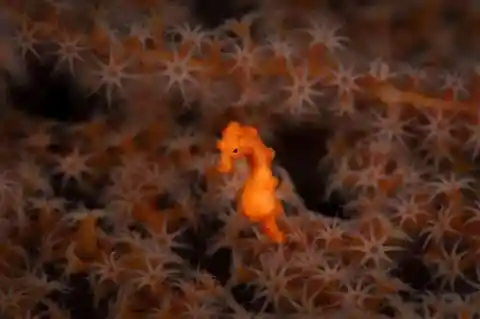
There is very little information about this species, so even though it is not yet threatened with extinction, its trade must be controlled. What we do know about them is that they are skilled when it comes to adaptative camouflaging. This means that they are able to change their color to match that of their surrounding.
Speckled Padloper Tortoise
If you happen to visit western South Africa, Little Namaqualand, to be more specific, keep your eyes wide open because you may bump into the tiniest tortoise of the world. They live amongst the rocky outcrops of that area and feed on leaves and flowers, especially tiny succulents. They have to be extremely careful and hide from birds of prey, their most common predators. Luckily, these little buddies are able to survive by hiding between the crevices of their rocky homeland.
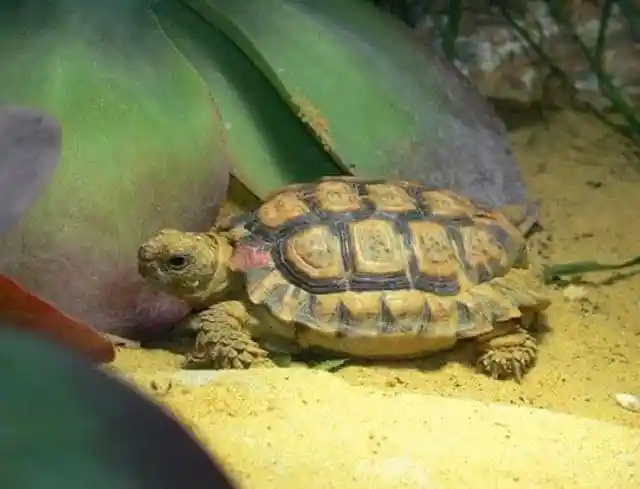
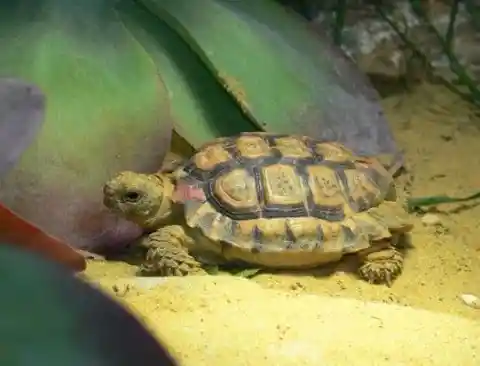
The Speckled Padloper Tortoise is currently considered an endangered species. Poaching for pet trade, habitat destruction, and traffic on nearby roads are the main threats this species faces. These tortoises do not adapt well to changes in the environment and captive diets, so when they are taken from their habitats, they suffer, and most of them die shortly after.
Paedophryne Amauensis Frog
This species only reaches 7.7 millimeters in length, so you might need a magnifying glass and put extra care if you want to find this camouflaged master frog. Otherwise, you could miss it. On second thought, that was probably the case for scientists for many years. Perhaps they just didn’t see it, right? In fact, this species is quite new. It was discovered only 10 years ago by an American scientist that was sifting through dirt in Papua New Guinea.
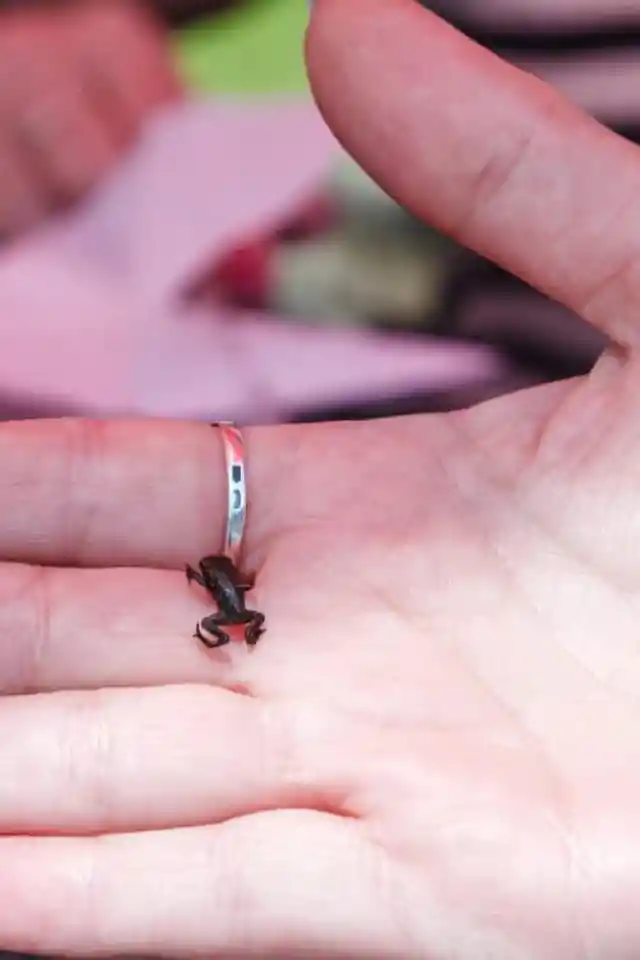
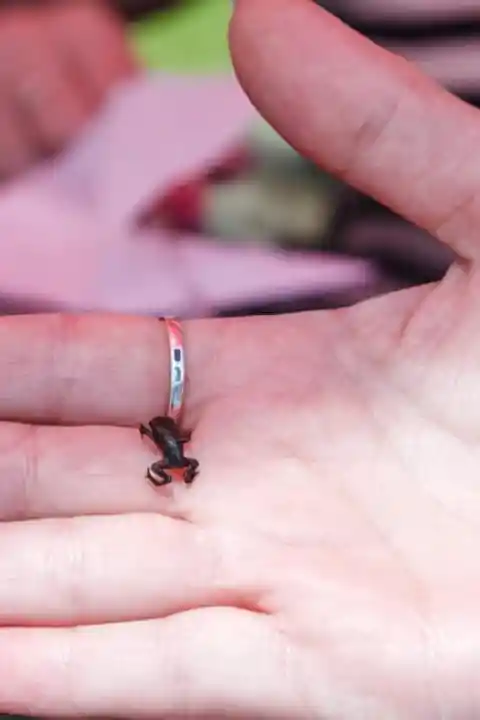
There are some fascinating facts about this very tiny frog. When males call for mates, they have calls that resemble those made by insects, and its life cycle does not include a tadpole stage. Members of this species hatch as “hoppers”, instead. Although their skeleton is reduced (there are only seven presacral vertebrae present), they are capable of jumping thirty times their body length!
Dwarf Three-Toed Jerboa
This adorable rodent is one of the smallest ones in the world. It only grows to an average of 4.4 centimeters long (less than 18 inches) and resides mostly in the harsh desert climate of Pakistan and Afghanistan. It mostly frequents sand dunes, gravel flats, and plains in hot deserts. Its small size earned it a mention in the 1999 Guinness Book of Records. It was listed as tied for the smallest rodent in the world together with the African pygmy mouse.
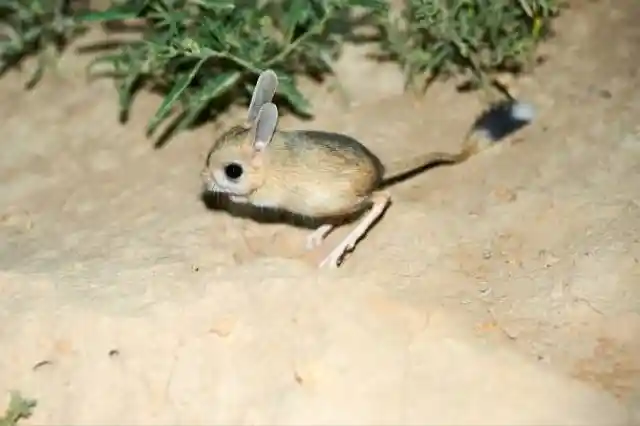
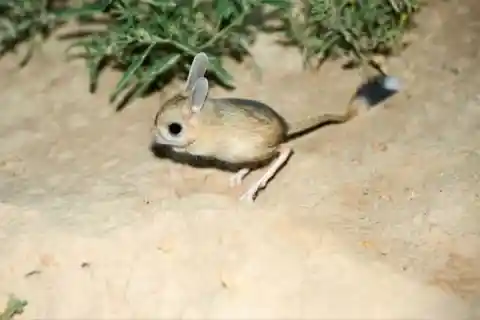
Pygmy Jerboas are nocturnal animals and move through their dry desert habitats in long hops, using their tails to balance themselves. They live in burrows which are generally excavated under small bushes. They feed on succulent leaves of desert-adapted vegetation and wind-blown seeds. They raise their food to their mouths by using their hands. One relevant fact is that these animals go through facultative hypothermia during the night. This enables the species to survive on a diet of low nutritional value.
Thorius Arboreus
The Thorius Arboreus is a tiny salamander endemic to Sierra de Juarez, Oaxaca, Mexico. This small salamander’s natural habitat is the cloud forest, and it tolerates habitat degradation as long as the shade remains. Although it has been around for centuries, today, its situation is different. It has been reported that due to recent logging and agriculture practices, the numbers of this species have begun to decline.
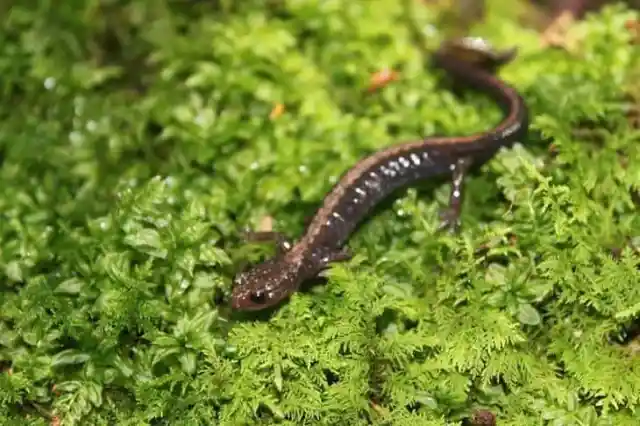
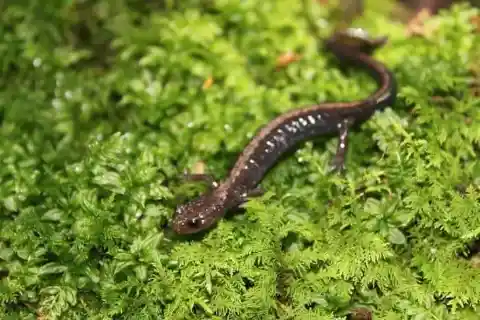
This species is easily recognizable. These salamanders have long limbs, a rather long tail, a very slender body, and a relatively wide head with a bluntly pointed snout. Their nostril is round (or slightly oval in some cases), and their eyes are moderately large. If you ever get the chance of looking inside of one of these salamander’s mouth, you may notice that it has very few teeth. However, I doubt any of you will have the chance to do so!
Pygmy Mouse Lemur
Weighing in at only 43 to 55 grams as adults, the Pygmy Mouse Lemur is the second smallest species of the mouse lemurs. This primate is also known as Peters’ mouse lemur or dormouse lemur. This species was only recently discovered in Kirindy Forest in western Madagascar in 1993\. These tiny primates live in packs of up to 15 lemurs, with the females being the most dominant members.
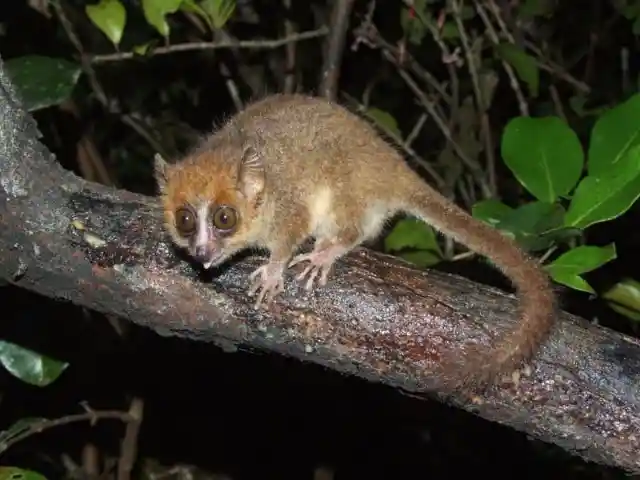
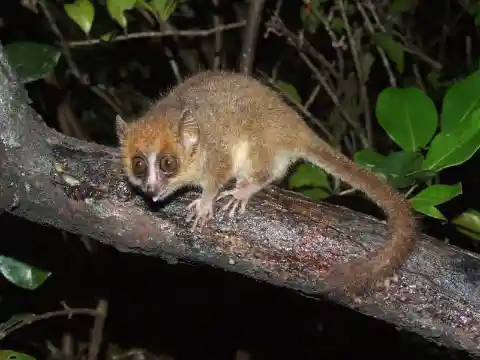
Pygmy mouse lemurs tend to rest during the day. They prefer to do it in the open, which constitutes a great danger for them because their sleeping patterns increase their risk of predation. This risk can be mitigated (to a small extent) whenever lemurs decide to sleep alone. Sometimes, to protect themselves, lemurs choose to sleep in the Coquerel’s giant mouse lemur’s abandoned nests.
Spruce-fir Moss Spider
This tiny (and some may say creepy) spider was first identified in 1923 and is another one of those species on the brink of extinction. The main reason for this is the widespread death of Fraser Fir trees, which has resulted in a thinning of the forest canopies and, ultimately, a shortage of moss mats that are critical for this spider’s survival. Luckily, efforts to preserve the species have been set into motion.
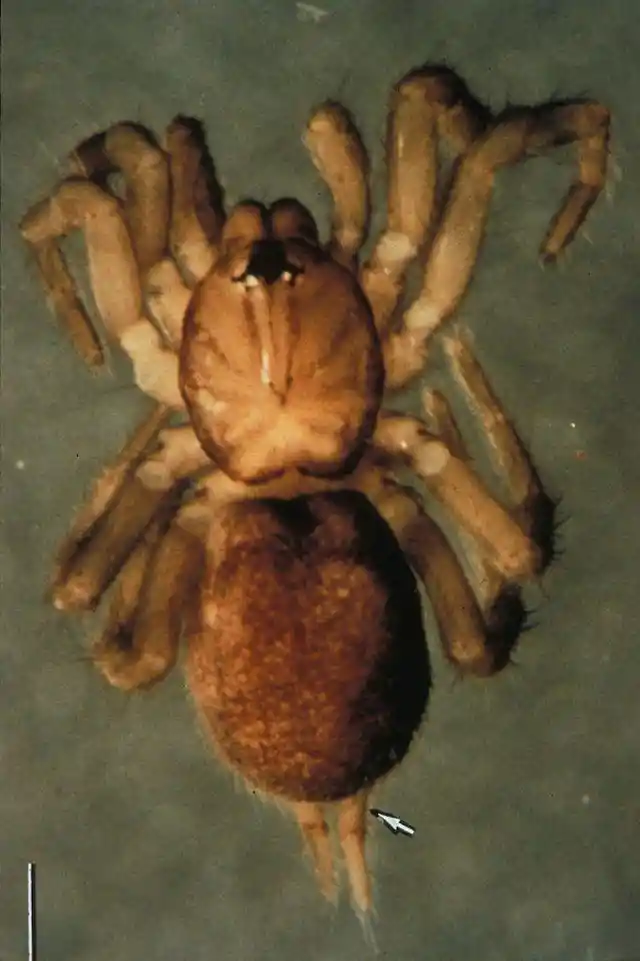
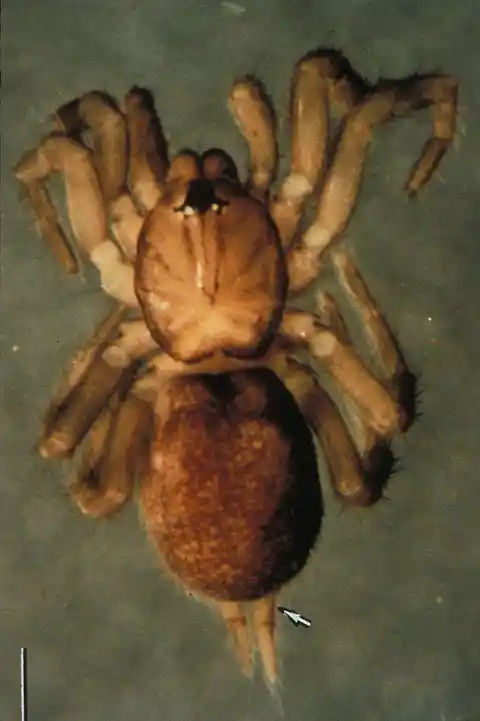
Within the past few years, these efforts included the creation of captive breeding programs. This spider can be found at high elevations in the southern Appalachian Mountains, and although its typical habitat is damp, it also seeks well-drained moss mats in well-shaded areas. However, the moss mats cannot be too dry because the species is very sensitive to desiccation. Regarding its appearance, its colors are quite varied (from light brown to darker reddish-brown), and it possesses no markings on its abdomen.
Vaquita
The Vaquita dolphin is one of the few species in which the females, with an average length of 55.4 inches, are larger than the males. Have you ever heard of this word? Its name means “little cow” in Spanish. Unfortunately, this pretty dolphin is nearly on the brink of extinction. As of March 2018, it has been reported that there are only 12 of them living in the Gulf of California. According to scientists, one of the reasons for these dolphins’ near extinction is the fact that they are the least social of their species.
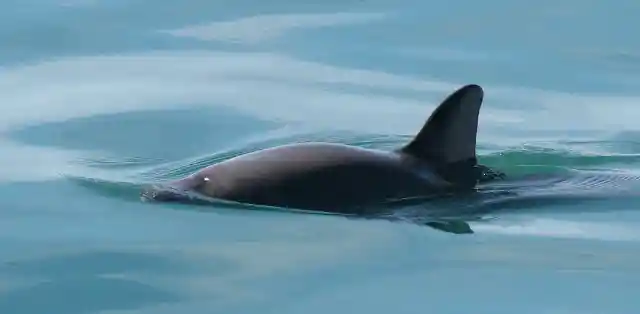
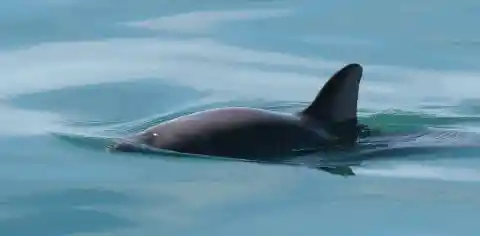
Some of you may think that there’s nothing wrong with not being extremely social, right? Sadly, for these dolphins, this is a big deal because whenever they find themselves in life or death situations, their calls are mostly ignored by other species. But that’s not the only problem they face. Vaquita dolphins are often victims of gillnets set by fishermen meant for catching other fish. Other potential threats include habitat alteration and pollutants.
Paedocypris Fish
This genus type of cyprinid fish is the smallest of its kind. It is found in swamps and streams on the Southeast Asian islands of Borneo, Sumatra, and Bintan. This fish is so tiny that an average adult is able to fit squarely on the end of a fingertip, and it is so unique that it can only survive in acidic water. Unfortunately, these acidic swamps and streams in Southeast Asia are quickly evaporating.
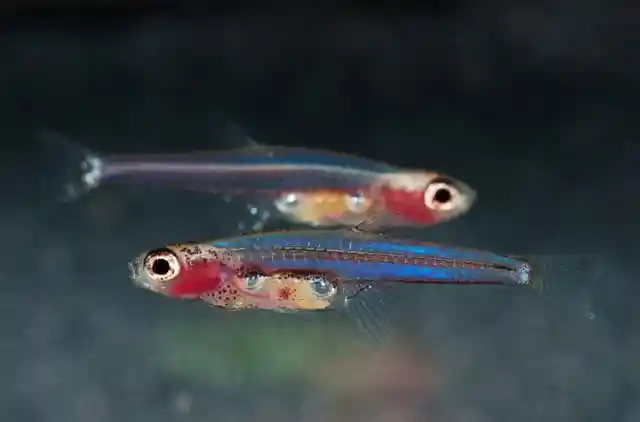
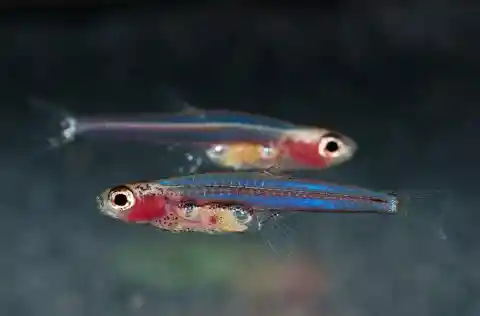
Their bodies lack the typical characteristic of adult fish, such as a bony skull structure around their brain. This species of fish has a unique sexual dysmorphism, which means that the males have highly modified pelvic fins. They also have a pad of keratinized skin in front of those pelvic fins, which are thought to be used to grasp the female during mating or to keep position over a spawning surface.
Bee Hummingbird
Endemic to Cuba and the Isle of Youth, this cute little bird is the smallest species of hummingbird. It got its name after scientists noticed that its size was similar to that of a bee. Female hummingbirds are bluish-green with a pale gray underside and white spots on the tip of their tail feathers. Males are smaller than females, and during the mating season, they have a reddish to pink head, chin, and throat.
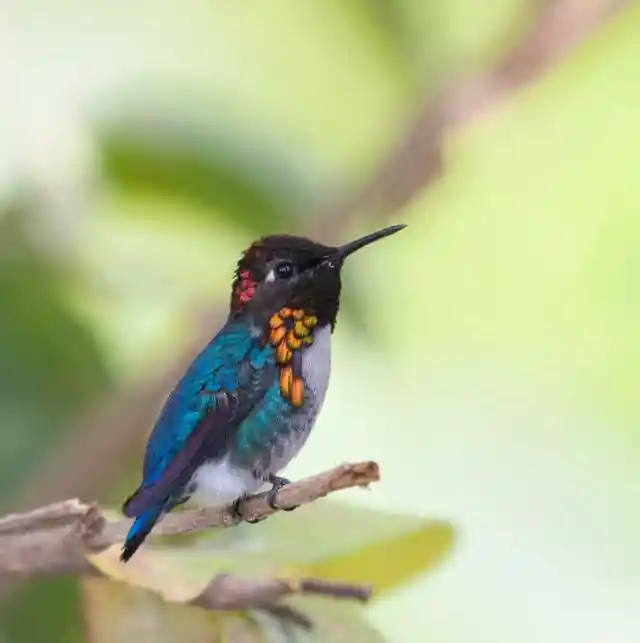
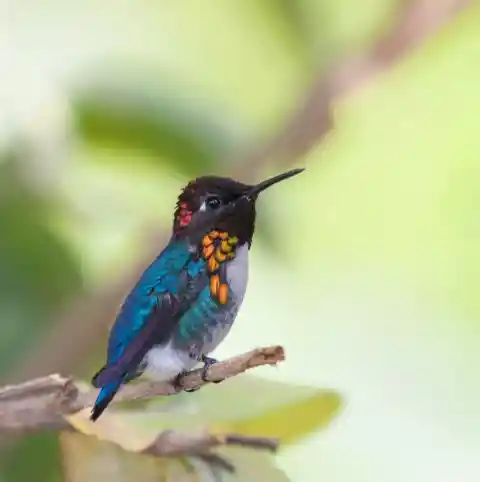
Regarding their diet, we can tell you that the Bee Hummingbird has been reported to visit 10 different types of plants, 9 of which were found to be endemic to Cuba. This species of bird is always considered as one of the best examples of bird-plant co-evolution. In other words, the bee hummingbird is famous for the way it interacts with the flowers that supply nectar.
Long-tailed Planigale
Meet the Long-tailed Planigale. It is the smallest of all marsupials and one of the smallest mammals on the planet. Though it is rarely seen, it is known that it is a quite common inhabitant of the black soil plains, clay-soiled woodlands, and seasonally flooded grasslands of Australia’s Top End. This tiny animal is carnivorous, can you believe it? It lives on invertebrates and small vertebrates that it catches during energetic nocturnal hunting.
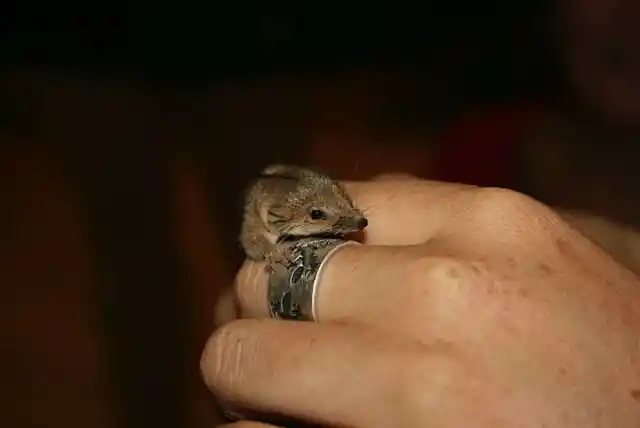
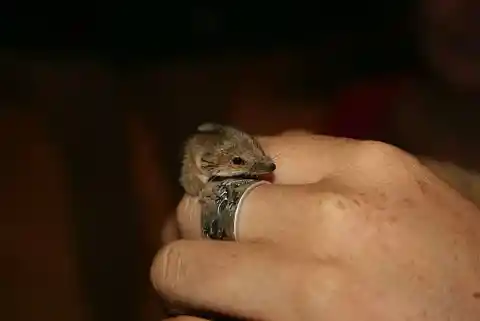
Like we briefly said before, the Long-tailed planigale hunts during the night. It may be very tiny, but it preys mostly on insects and their larvae, small lizards, and young mammals (some of them are even the same size as they are). This petite animal’s breeding can take place at any time of the year. However, it mostly occurs during the wet season. Usually, from four to eight babies are born, but sometimes as many as twelve are born in southern populations. They are so cute that they definitely deserved to lead our list!